iPhone Air important details and features review
iPhone Air
Apple’s thinnest iPhone so far is the iPhone Air. A Full Breakdown
Apple has long been known for its innovative designs, fresh ideas, and pushing the limits of what technology can do. On September 9, 2025, Apple showed off a new iPhone model. The name of it was the iPhone Air.
The iPhone Air has a bold new design philosophy that is substantially different from the “Plus” variants that came before it.
It is really thin and light, but it still functions nicely.
At only 5.6 mm thick, this is the smallest iPhone Apple has ever made. It’s also thinner than most other cell phones that are on the market right now.
Apple has redesigned the iPhone from the inside out to make it both beautiful and robust, so you don’t have to give up on slimness.
Let’s look closely at the iPhone Air’s design, performance, features, trade-offs, and what it means for the future of smartphones.
1. The Concept Behind the iPhone Air
Apple has used the “Air” brand name before to indicate small, light, and powerful, such the MacBook Air and iPad Air. That thought has now made its way into the iPhone range.
The Pro and Pro Max are powerful and flexible, while the Air is small and easy to carry. Apple’s message is clear: not everyone wants the iPhone with the most features or the biggest screen. Some people just want a phone that looks good, feels light, and works like a top-of-the-line model.
2. Design and Build: A Thin Marvel
The design of the iPhone Air really stands out.
-
Thickness: Only 5.6 mm, which is less than the already slim iPhone 17 models.
-
Weight: Only 165 grams, which is incredibly light for a device that is 6.5 inches long.
Things to do:
-
The titanium frame is stronger and lighter than stainless steel, and 80% of it can be recycled.
-
Ceramic Shield 2 on the front makes it three times less likely to get scratched than before.
-
Back glass that is less likely to break and is stronger.
-
There are four colors: Cloud White, Light Gold, Sky Blue, and Space Black.
To make this tiny design work, Apple engineers rearranged pieces within the gadget. The “plateau” design puts the thicker parts (camera, logic board, battery) on the raised camera area, which makes the rest of the body incredibly thin.
3. Display: Bright, clear, and smooth
Apple didn’t skimp on the screen:
-
OLED panel with a 6.5-inch Super Retina XDR display
-
With ProMotion, the refresh rate can change to 120 Hz.
-
Peak brightness: up to 3000 nits outside (excellent for sunny days)
-
Always-On Display with lock screens that you can alter
-
The better anti-reflection coating makes it simpler to read.
-
That means the iPhone Air has one of the best screens of any smartphone in 2025.
4. Performance: A19 Pro and chips for the next generation
The iPhone Air works thanks to the A19 Pro chip, which is based on Apple’s newest 3 nm technology.
CPU: 6 cores (2 for speed and 4 for efficiency)
Apple GPU with 5 cores for console-level gaming
The Neural Engine has 16 cores and is made to operate best with Apple Intelligence capabilities.
Networking: The new N1 chip lets smart devices connect to Wi-Fi 7, Bluetooth 6, and Thread.
Apple’s C1X modem for 5G is faster and more efficient.
Even though the iPhone Air is tiny, it works just as well as the Pro models in regular use.
5. Cameras: More isn’t always better.
The camera system is the most different thing.
Camera on the Back:
-
Main sensor has 48 MP and a 2× telephoto crop.
-
Great for shooting images of people every day, even in low light.
-
The camera doesn’t come with ultrawide or macro lenses to save space.
Camera in the front:
-
In the middle, there is an 18 MP camera.
-
Automatically frames video calls with AI.
-
You may record with both the front and back at the same time using dual capture.
If you don’t use it very often, the camera is wonderful. If you need professional-grade, ultra-wide, or macro video tools, you might choose the Pro series instead.
6. iPhone Air Battery Life: Slim yet Smart
The design is so thin that the battery is smaller. Apple still says:
Play videos for up to 27 hours
You can view videos for 40 hours with the MagSafe battery pack.
Apple’s way of delivering “modular” battery life is through the MagSafe battery pack, which is optional. Bring the tiny phone with you every day. When you need more power, add the battery pack.
7. Other Thing
There is no physical SIM slot anyplace in the world; only eSIM. This might be tricky to do in regions where eSIM isn’t completely supported yet.
The USB-C port works with all devices and charges quickly.
IP68 Rating: Can stay underwater for up to 30 minutes at a depth of 6 m.
Action Button and Camera Control Button: More ways to use your hands to control things.
Apple Intelligence in iOS 26: More AI built in to help you be more creative, productive, and unique.
8. Trade-Offs: What You Lose When You Get an iPhone Air
The iPhone Air is fantastic, but it does make some choices on purpose:
-
Photographers can’t accomplish much because there aren’t any ultrawide or macro cameras.
-
The battery doesn’t retain a lot of power, thus it could not last as long while you’re playing games or streaming a lot.
-
Because there is no sophisticated cooling, performance may go worse over time while executing very demanding tasks.
-
Only eSIM—this isn’t fantastic for folks who travel a lot or live in places where eSIM support is low.
-
The price is exorbitant, starting at $999, and it isn’t lower than the Pro models.
9. iPhone Air Cost and Availability
The cheapest model with 256GB of storage costs $999.
You can get devices with 512GB and 1TB of storage for more money.
The release date is September 19, 2025. (Pre-orders began on September 12)
Bangladesh Price (expected): The price will be between ৳140,000 and ৳160,000, depending on the model. This includes taxes and fees for bringing the item into the country.
Final Choice
The iPhone Air isn’t just another phone. The tiniest flagship phone on the market is Apple’s most ambitious design experiment in years.
The iPhone Air is worth it if you want a phone that feels high-end, modern, and compact in your hand.
You should still get the Pro models if you take a lot of pictures, play a lot of games, or use your phone a lot.
The iPhone Air illustrates that Apple can still surprise us, not by adding more, but by making less feel like more.
Share this content:
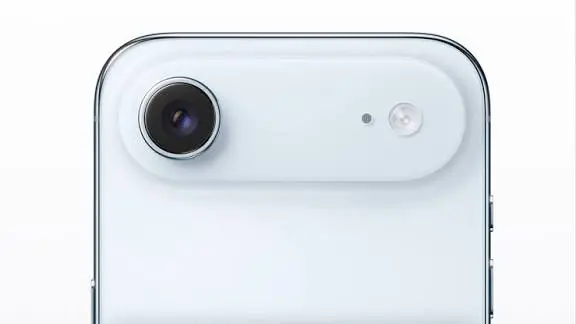
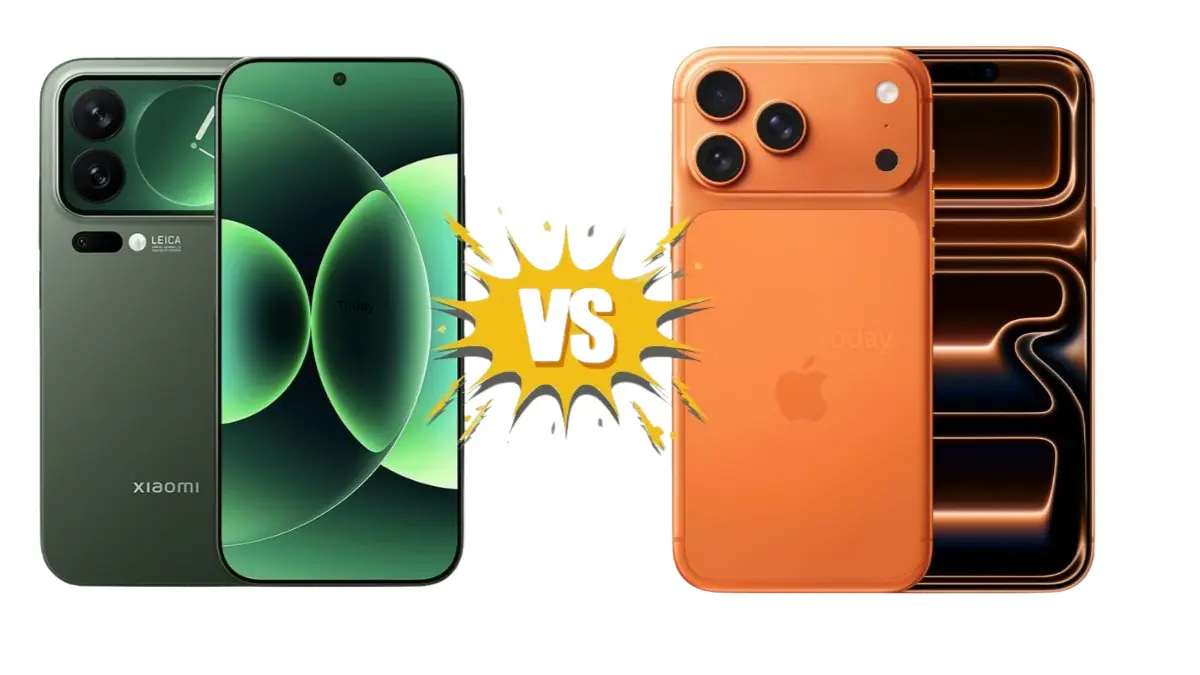

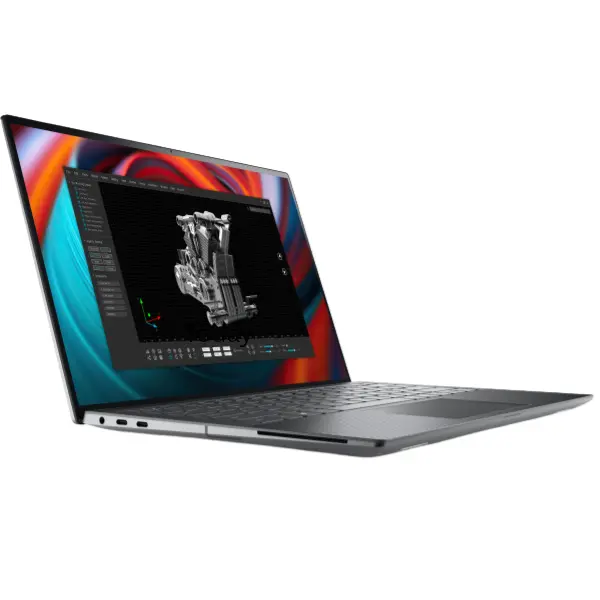
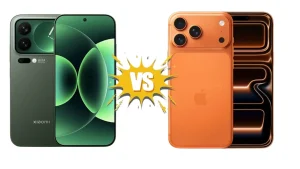
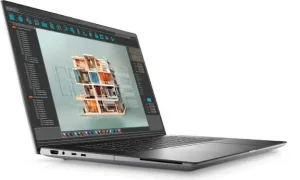
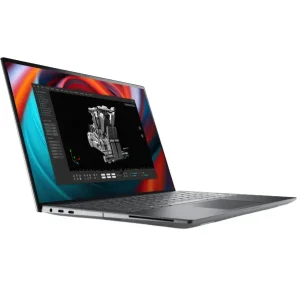
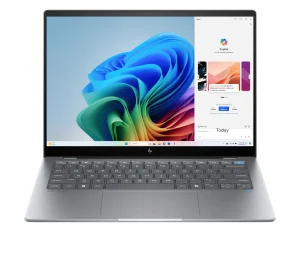
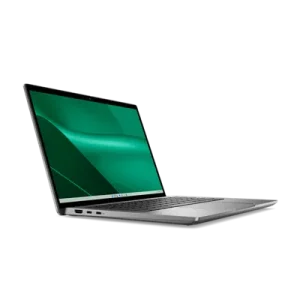
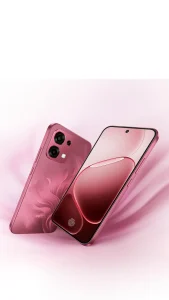
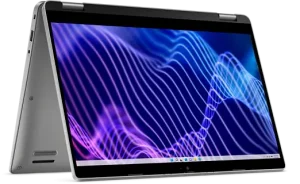
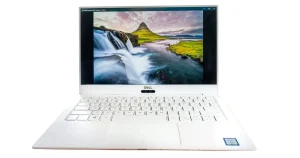
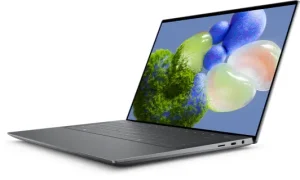
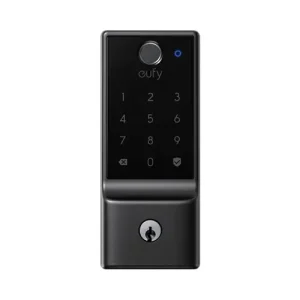
1 comment